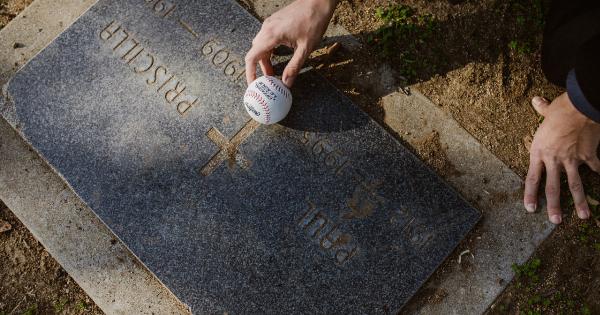Pregnancy contractions, also known as Braxton Hicks contractions, are a natural part of pregnancy. These contractions can start as early as the second trimester and continue until the end of pregnancy.
While they are usually painless and harmless, it can be confusing to decipher between these contractions and real labor contractions. It’s crucial to understand the differences and how to manage them to ensure a healthy pregnancy for both mother and baby.
What Are Pregnancy Contractions?
Pregnancy contractions are the tightening and releasing of the uterus muscles as the body prepares for labor. They are often referred to as Braxton Hicks contractions, named after John Braxton Hicks, an English doctor who first described them in 1872.
These contractions are usually painless and can be mistaken for normal pregnancy discomforts like a stretching belly or back pain. Unlike real labor contractions, these contractions do not lead to labor and delivery.
The Differences Between Braxton Hicks and Real Labor Contractions
It can be challenging to differentiate between Braxton Hicks and actual labor contractions if you’re a first-time mom. While they may feel similar, there are significant differences that you should be aware of:.
-
Frequency and Regularity
Braxton Hicks contractions can happen at any time during pregnancy and don’t have a scheduled pattern. They are usually irregular and don’t increase in frequency or length.
On the other hand, real labor contractions have a set schedule and become more frequent, longer, and stronger.
-
Pain Level and Location
Braxton Hicks contractions are painless or mildly uncomfortable for most women. They can be felt in different areas of the body like the abdomen, groin, and thighs.
In contrast, real labor contractions have intense pain and pressure that typically starts in the lower back and moves to the abdomen.
-
Physical Changes
During Braxton Hicks contractions, there are no significant physical changes to the cervix and the baby’s descent into the birth canal.
In contrast, real labor contractions cause cervical dilation and effacement and stimulate the baby’s descent and rotation in the birth canal.
When to Call Your Doctor
It’s essential to call your doctor or midwife if you experience any of the following:.
- You have vaginal bleeding
- The contractions become more frequent, intense, and painful
- You have a fever or feel unwell
- You have trouble breathing or shortness of breath
It’s essential to note that if you’re not sure whether you’re experiencing Braxton Hicks contractions or real labor contractions, don’t hesitate to call your doctor or midwife.
They can examine you and help you determine the best course of action. In some cases, they may advise you to go to the hospital or birthing center immediately.
How to Manage Pregnancy Contractions
While Braxton Hicks contractions can’t be stopped or prevented, there are things you can do to manage them:.
-
Get Enough Rest
Resting and lying on your left side may help to alleviate and reduce the number of Braxton Hicks contractions. Getting enough sleep is also essential, as fatigue can increase your risk of experiencing more contractions.
-
Stay Hydrated
Drink plenty of water and other fluids to stay hydrated, which can help to minimize the occurrence of Braxton Hicks contractions.
Dehydration can increase the intensity and frequency of contractions, so make sure to drink plenty of fluids throughout the day.
-
Take a Warm Bath or Shower
A warm bath or shower can help to relax the body and relieve muscle tension, which may reduce the occurrence of Braxton Hicks contractions. Make sure the water is not too hot to avoid overheating.
-
Practice Deep Breathing and Relaxation Techniques
Deep breathing exercises and relaxation techniques like prenatal yoga, meditation, or guided imagery can help to reduce stress and tension, which may lessen the likelihood of Braxton Hicks contractions.
-
Avoid Strenuous Activity
Avoid strenuous physical activity that can trigger or exacerbate contractions. Instead, engage in light physical activities such as walking, swimming, or prenatal exercise classes that have been approved by your doctor or midwife.
Conclusion
Braxton Hicks contractions are a normal part of pregnancy and don’t lead to labor. They can start early on and continue until the end of pregnancy.
Knowing how to differentiate between Braxton Hicks and real labor contractions, and how to manage them, is crucial for a healthy pregnancy. If you’re unsure or experience any concerning symptoms, don’t hesitate to call your doctor or midwife for advice and guidance.






























